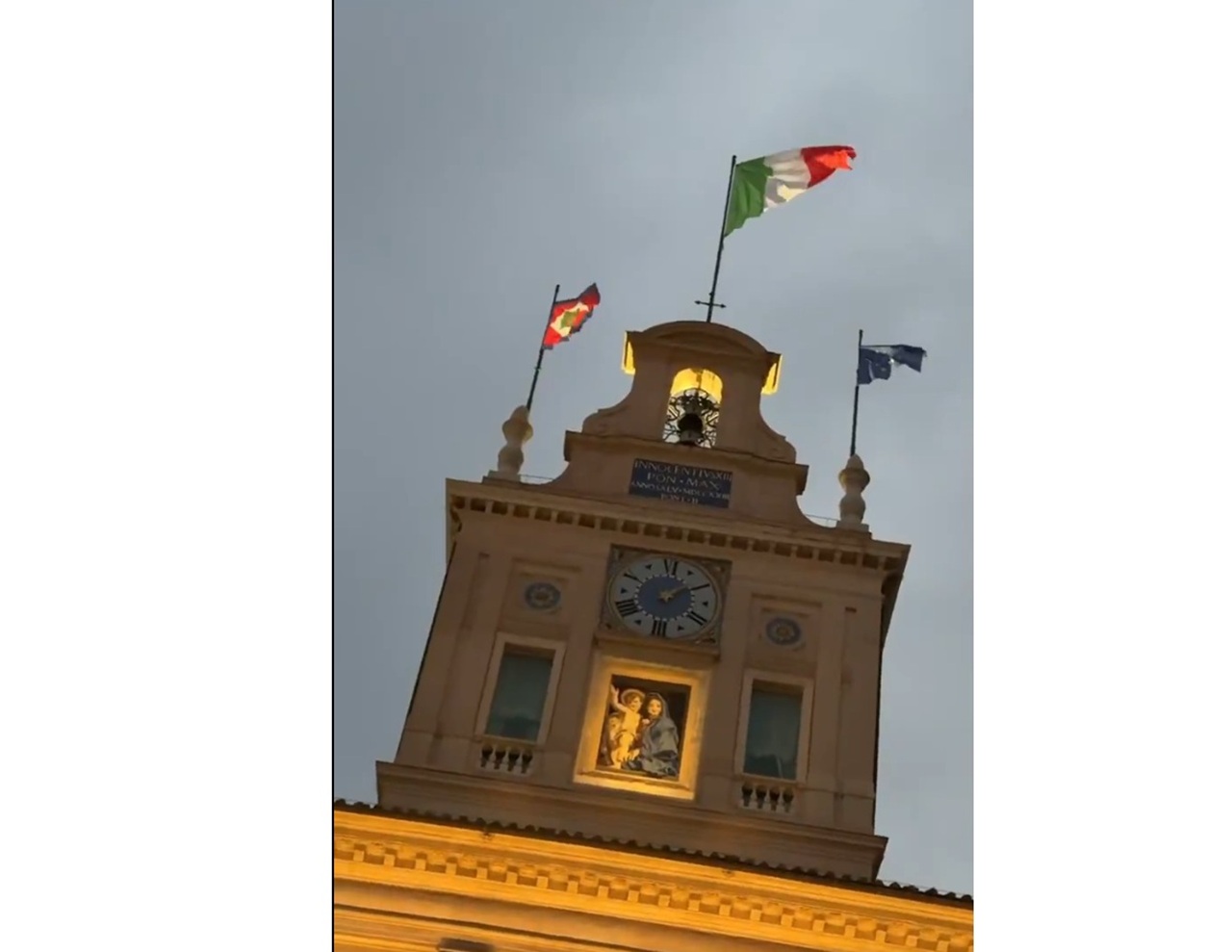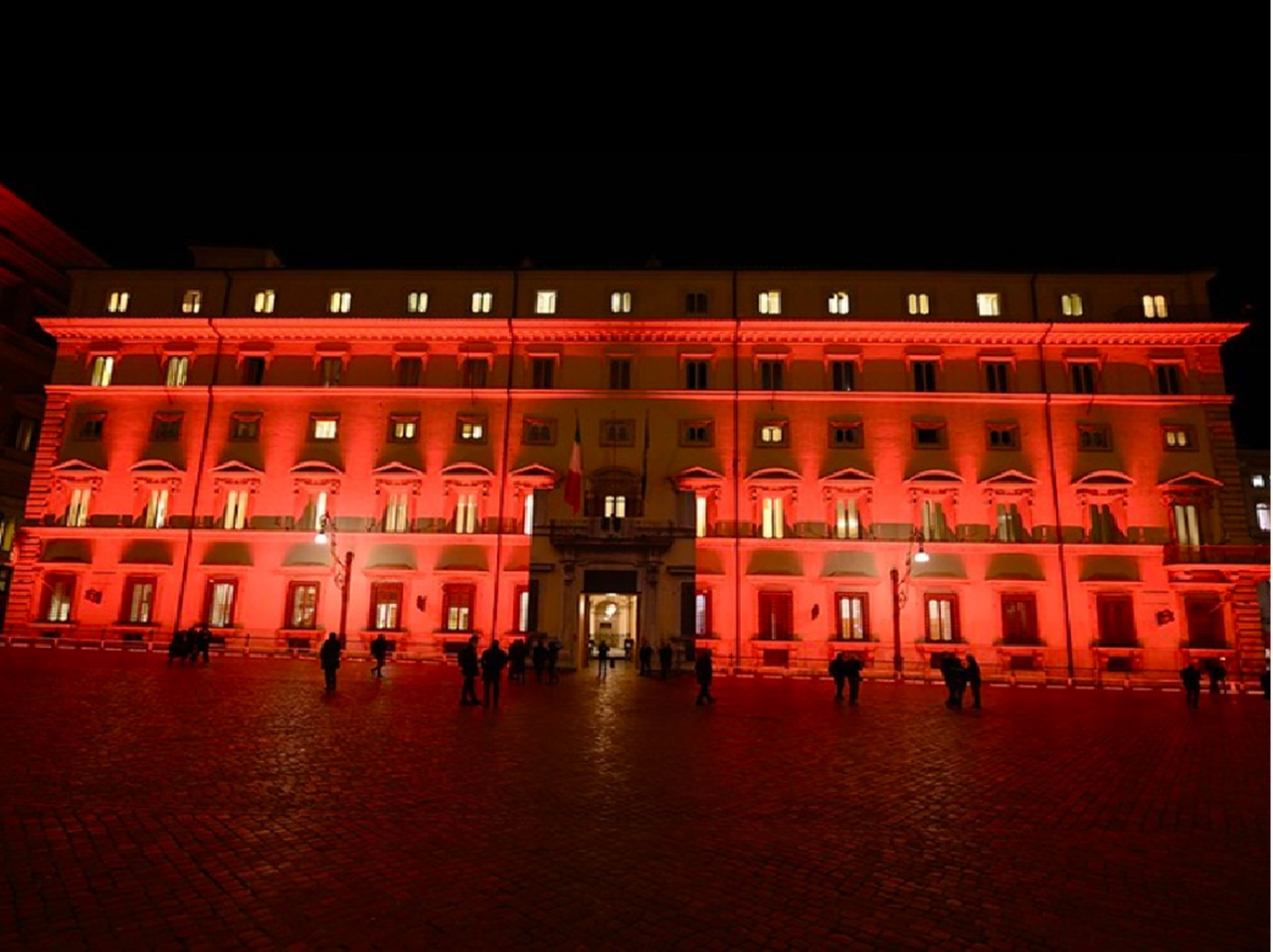Italy
Institutional Backlash: Is Italy’s Head of State staff working to oust the Elected Premier, Giorgia Meloni?

In the intricate, often Byzantine architecture of Italian politics, the President of the Republic is constitutionally designated as the supreme arbiter—a neutral referee blowing the whistle only when the constitutional game gets out of hand. Yet, history suggests that the view from the Quirinale Hill is rarely one of dispassionate observation. From Oscar Luigi Scalfaro’s maneuvering in 1994 to Giorgio Napolitano’s technocratic coup in 2011, the “Referee” has frequently donned the jersey of the opposing team when a center-right government holds the reins.
Now, according to explosive revelations published by La Verità, the pattern is repeating itself with a brazenness that borders on institutional warfare. The latest scandal revolves around Francesco Saverio Garofani, a senior counselor for defense affairs to President Sergio Mattarella, caught outlining a roadmap not just to defeat Giorgia Meloni in the 2027 elections, but to actively disrupt her governance through a “providential jolt.”
The Leak: a “Providential Jolt”
The controversy stems from a conversation held by Garofani in a semi-public setting—surrounded by politicians, state officials, and sports figures—where the counselor reportedly let his guard down. The content of his analysis, intended perhaps for sympathetic ears but now broadcast to the nation, reveals a deep-seated anxiety within the presidential palace regarding the resilience of the Meloni government.
Garofani’s assessment is stark: the current political opposition, led by the Democratic Party’s Elly Schlein, is viewed even by the Quirinale’s inner circle as woefully inadequate. “In that area, there is no one adequate,” Garofani reportedly lamented, acknowledging that if the political landscape remains unchanged, Meloni is not only destined to finish her term but is the frontrunner to succeed Mattarella himself in 2029.
To prevent this “nightmare scenario” of a right-wing hegemony extending to the Presidency, Garofani allegedly invoked the need for a “scossone”—a “jolt” or “shock.” “We hope something changes before the next elections; I believe in providence. A providential jolt is needed,” he is quoted as saying.
In the lexicon of Italian power games, a “jolt” is rarely a natural phenomenon. It implies external intervention: judicial investigations, market turbulence (the spread), or bureaucratic sabotage. It is the language of those who cannot win at the ballot box and therefore seek to overturn the table.
The Strategy: a New “Ulivo” technocracy
What makes these revelations particularly damaging for the image of presidential neutrality is the specific political engineering Garofani proposed. The counselor wasn’t just critiquing; he was strategizing. The plan involves bypassing the ineffective Elly Schlein to forge a “great national civic list”—a centrist gathering capable of attracting moderates from the current majority and welding them to the left.
The names dropped in this scheme are telling. Garofani reportedly pointed to Ernesto Maria Ruffini, the former head of the Revenue Agency, as a key figure for this new coalition. But the ultimate “godfather” of this operation would be none other than Romano Prodi, the former Prime Minister and European Commission President. “We need an intervention even more incisive than Romano Prodi’s,” Garofani reportedly argued, invoking the spirit of the Ulivo coalition that twice defeated Berlusconi.
This is not merely political gossip; it is a blueprint for a palace coup in slow motion. It envisions the Head of State’s staff acting as de facto campaign managers for a center-left that has lost its connection with the electorate. It betrays a fundamental distrust of the democratic process, preferring the “safe hands” of technocrats and long-retired establishment figures over the current elected leadership.
The Quirinale’s non-denial and the Right’s fury
The reaction from the Quirinale was swift but clumsy. Instead of a categorical denial from Garofani himself, the press office issued a note expressing “stupor” and dismissing the reconstruction as “ridiculous” and “pathetic.” However, as noted by La Verità’s editor Maurizio Belpietro, calling a report “ridiculous” is not the same as proving it false. The specific quotes were not retracted, and Garofani has remained conspicuously silent.
The center-right has rightly gone on the offensive. Galeazzo Bignami of Fratelli d’Italia, Meloni’s Party, demanded immediate clarification, arguing that if a Quirinale counselor is actively plotting the downfall of the government, it represents a grave breach of institutional loyalty. The reaction from the Left has been equally instructive: rather than addressing the substance of the claims—that a neutral institution is playing partisan politics—they have circled the wagons, accusing the Right of attacking the Presidency and endangering democratic stability.
This defense is hypocritical at best. The same political faction that treats the Quirinale as a sacred, untouchable temple when it serves their interests was historically the first to attack Presidents like Giovanni Leone and Francesco Cossiga when they refused to toe the party line.
A History of interference
For observers of Italian politics, this episode is less a shock than a confirmation of a structural flaw in the Second Republic. The Presidency has evolved from a ceremonial guarantor of the constitution into a highly active political player—a “King” who governs from the shadows.
- 1994: President Scalfaro played a decisive role in the fall of the first Berlusconi government, maneuvering to install a technical government rather than calling for new elections.
- 2011: President Napolitano orchestrated the replacement of Berlusconi with Mario Monti, coordinating with European capitals and the ECB to force a change of government under financial pressure.
- 2021: The fall of Giuseppe Conte led not to elections, but to the “technical-political” appointment of Mario Draghi, once again sanctified by the Hill.
Garofani’s words suggest the playbook is being dusted off for 2025-2027. The mention of a “jolt” is particularly chilling for the markets and the electorate alike. Does it imply a hope for a financial crisis? A new judicial investigation against government members? Or simply the weaponization of European bureaucracy against Rome?

The “Deep State” vs. the Voters
The scandal highlights a profound disconnect between the “Deep State”—represented by the Quirinale’s advisors, the high bureaucracy, and the European establishment—and the Italian electorate.
The plan to create a “civic list” led by tax officials (Ruffini) or aging professors (Prodi) reveals the poverty of ideas within the opposition. Unable to formulate a compelling vision to counter Meloni’s popularity, the establishment retreats to its comfort zone: technocracy and palace intrigues. It is an admission that Schlein’s radicalized PD is unelectable in the eyes of the moderate public, forcing the “referees” to try and construct a centrist lifeboat.
Furthermore, the hostility towards Meloni potentially ascending to the Presidency in 2029 exposes the ultimate fear of the Italian left: losing their grip on the “guarantee” institutions. For decades, the left has compensated for electoral defeats by maintaining control over the judiciary, the cultural institutions, and the Presidency. A center-right President would shatter this hegemony.
Conclusion: The Mask Slips
The “Garofani Affair” is a watershed moment. It strips away the veil of impartiality that the Quirinale carefully maintains. It shows a presidential entourage deeply embedded in the political fray, acting not as guardians of the rules, but as players trying to fix the match.
If the “providential jolt” is indeed the strategy, Italy faces a turbulent two years. The government must not only navigate economic headwinds and geopolitical instability but must also watch its back against those who are theoretically sworn to support the state’s unity.
The popular narrative is that Mattarella is the beloved grandfather of the nation, a beacon of stability. The reality, glimpsed through the cracks of this scandal, is a Quirinale that operates as a political headquarters, fighting a trench war against a majority it considers illegitimate, regardless of the voters’ will. In any other Atlantic democracy, a senior advisor caught plotting “jolts” against the elected government would be fired before dinner. In Rome, he is defended as a victim of lèse-majesté. This is the Italian anomaly: a democracy where the referee creates the game plan for the losing team.

Palazzo Chigi, Rome
Questions and Answers
What is the “Garofani Case” and why is it politically significant? The case involves Francesco Saverio Garofani, a counselor to President Mattarella, who allegedly spoke of the need for a “providential jolt” to cause the fall of the Meloni government before the 2027 elections. It is significant because the President’s office is constitutionally required to be neutral. If a senior advisor is plotting political strategies to defeat the current majority, it suggests the Quirinale is acting as a partisan opposition force rather than an impartial arbiter, undermining trust in the institution.
What strategy was allegedly proposed to defeat the center-right? The leaked conversation suggests a plan to bypass the current Democratic Party leadership (Elly Schlein), which is seen as too weak and radical. The proposed strategy involves creating a broad “national civic list” or a new centrist coalition (reminiscent of the Ulivo) led by technocratic figures like Ernesto Maria Ruffini or guided by Romano Prodi. The goal is to attract moderate voters and break the center-right’s unity, preventing Meloni from governing until 2027 or becoming President in 2029.
How have the political parties and the Quirinale reacted? The Quirinale issued a note calling the report “ridiculous” but did not explicitly deny the specific quotes, causing further suspicion. The center-right (FdI, Lega) has reacted with fury, seeing this as confirmation of institutional bias and demanding clarity. Conversely, the center-left has defended the President, accusing the government of attacking the institutions to distract from economic issues. The incident has heightened tensions between the Palazzo Chigi (Government) and the Colle (Presidency).






